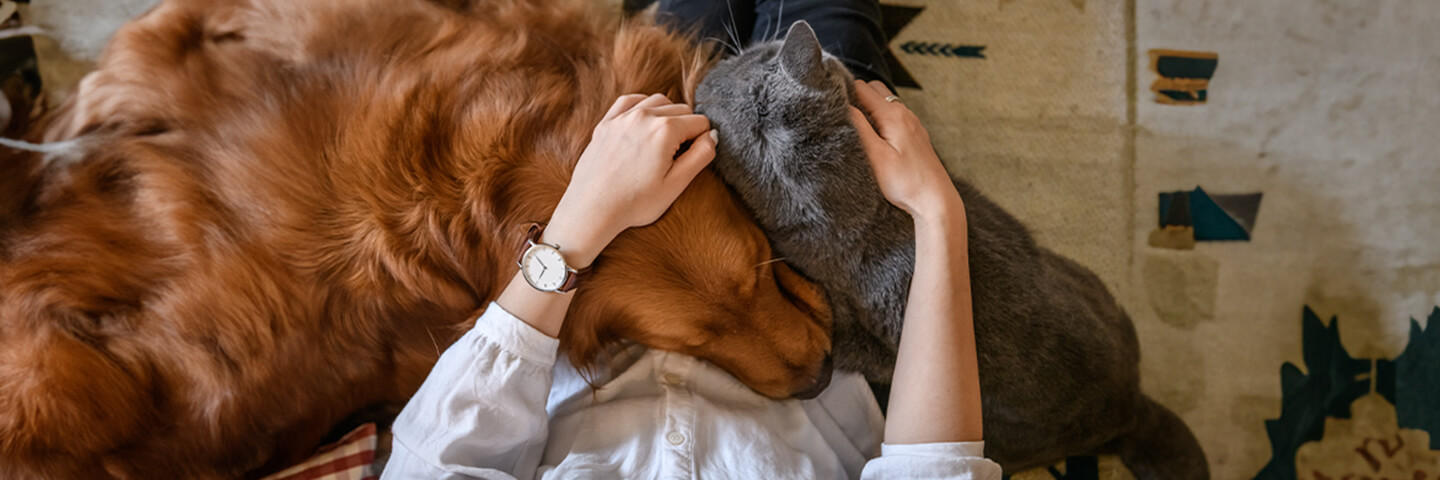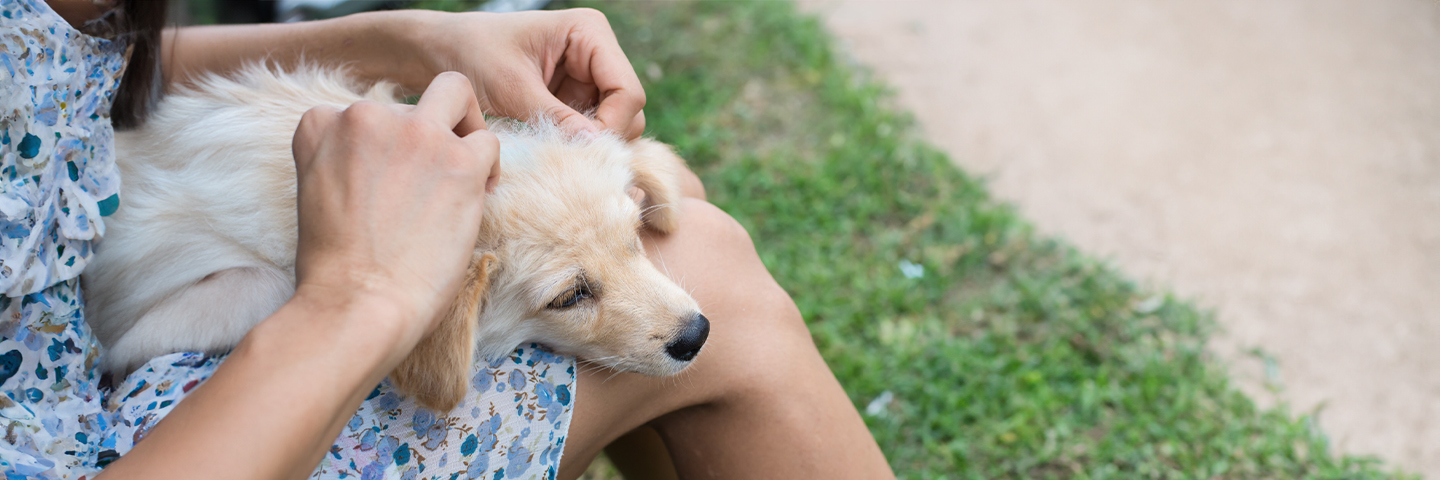How to get cats and dogs used to car travel
Travelling in a car can be a particularly stressful experience for our pets. For some, the only time they go in the car is to visit the vet, cattery or kennel. These situations can be stressful in themselves, so it’s little wonder the sight of a cat carrier or doggy seatbelt can send some pets into a blind panic.
All this stress and anxiety often makes the travelling experience worse for our pets. If your cat or dog has a deep seated fear of car travel, you will need to help them realise that travelling can be a good experience. To help, we’ve created a step-by-step guide, so you and your pet can have a stress-free travel experience.
4-step plan
- Start by leaving your cat’s carrier, or your dog’s crate or seatbelt in your home. For crates and carriers, you can place a favourite blanket in there. The familiar scent of home will help them feel calmer and more relaxed. Allow your pet to investigate the carrier, crate or seatbelt and see it’s nothing to be scared of.
- Next, place your cat in their carrier or your dog in their crate or seatbelt in a stationary car for around 10 minutes. This will help your pet get used to being the inside the car – repeat this step for 3–4 days.
- Once your pet is used to sitting in the stationary car, you can move on to turning on the engine. You may wish to leave the car running (but still stationary) so your pet can get used to the additional noise from the car before you move on to driving anywhere.
- The next step is a short drive. For dogs, take them to a park or favourite dog walking spot that isn’t too far. This will help them learn that car travel doesn’t always mean they’re going somewhere they don’t like, such as the vets.
If at any point your pet begins to show signs of stress or travel sickness, simply go back to the previous step.
 Dog Care
Dog Care Events
Events


